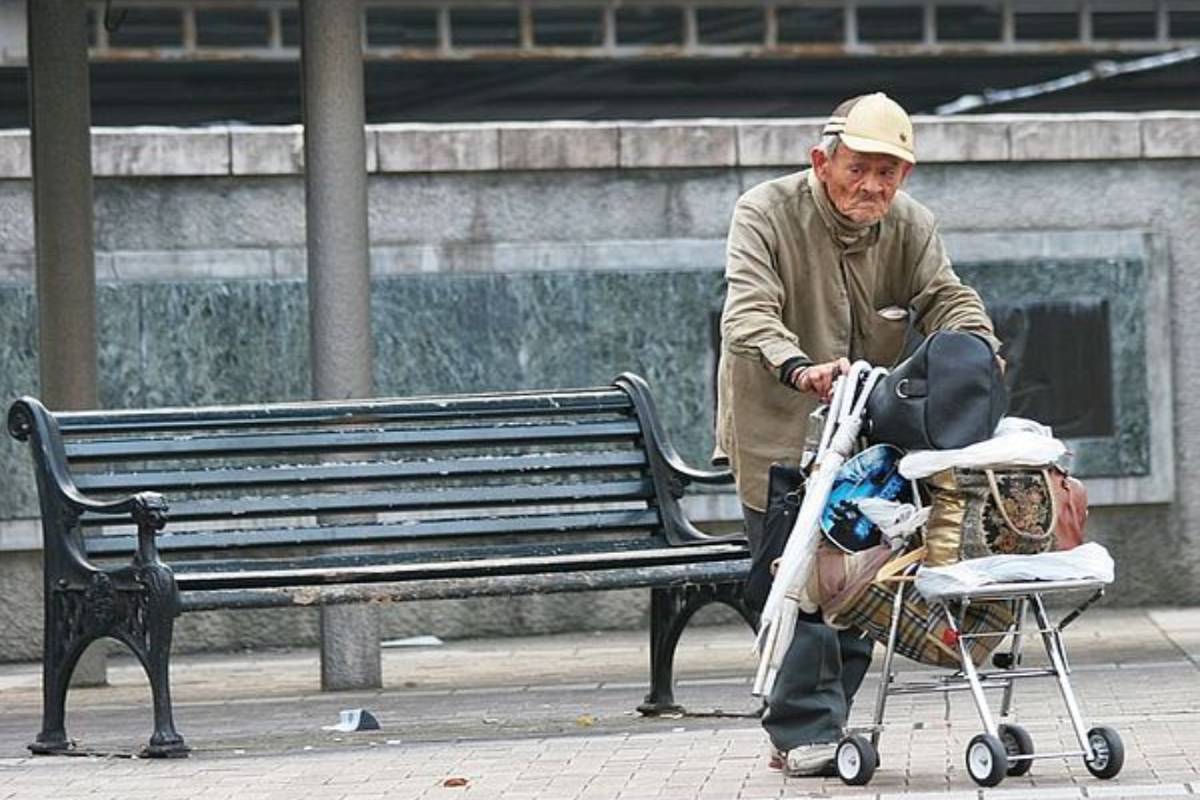The subject of aging attracted global attention in the last few decades mostly because of the challenges emerging in the labour market, public health and economic security. With decreasing birth rates and increasing life expectancy, the world has noticed an overall ageing process in both developed and developing countries. China, as the most populous country and with the second-largest economy, contributed 15.86% of the world’s total GDP (Data source: World Bank (2018)). According to a new analysis by respected German researcher Adrian Zens, China is not alone in facing challenges to its fallen birth rates, similar situation is faced by many developed countries.
China’s aging problems could have important socioeconomic significance for other countries.
Accelerated aging is unfailing in China and it is crucial to understand how the age structure and aging process differ by economic sector across regions.
Advertisement
So how does the economic development path affect the ageing disparity in the labour force in rural and urban areas over time and across regions?
Labour resources played a vital role in China’s economic growth in the past forty years. The dynamics of the age structure and the aging process may provide useful information to policymakers for the future.
Aging also has important implications for the design of the social security system, health care programs for the general and targeted populations.
China’s aging population increased by less than 2% annually from 1997 to 2010 and then increased by 2.47% from 2010 to 2017, showing an accelerated overall ageing rate. China’s aging process at the provincial level using China Statistics Bureau (CSB) data from 2000 to 2017 show that the aging population grew faster in the northern-eastern provinces than in the other regions from 2000 to 2010. The central provinces outpaced the others from 2010 to 2017. The only province that has not yet aged (under 7% of the population is aged) is the southwest.
Overall, the western regions are the “youngest”, followed by the southern regions.
The Chinese government predicted their economy would double in 2035 compared with 2020 but that will be ‘Mission impossible’ now as China’s labour force will lose an Estimated 35,000,000 workers over the next five years. People who live long put immense pressure on China’s pension and health system. Moreover, 20% of the population are over the age of 60. China’s aging crisis is becoming worse because of the declining birth rate. Families are having fewer children, despite the government’s efforts to boost the birth rate by ending the one child policy in the year 2016.
To overcome this situation,China is looking forward to increasing the retirement age from 44 to 50. New schemes will be introduced sooner to increase the declining birth rate in the country by reducing the cost of living and providing better facilities which will encourage people to have more children. But still, there will be a huge gap between generations and it will take immense time to heal that gap.
